Diary of a Modern Country Gardener Book Review
 Lee Burkhill: Award Winning Designer & BBC 1's Garden Rescue Presenters Official Blog
Lee Burkhill: Award Winning Designer & BBC 1's Garden Rescue Presenters Official Blog

If you're new to gardening it can feel daunting working out where to start and if you're doing things the 'right way'. It's a process all of us gardeners, whether professional or enthusiastic amateur, can relate to. Tamsin Westhorpe is the head gardener at Stockton Bury Country garden in Hertfordshire and has written an account of 12 months working in a varied garden that opens to the public. The book is full of honest reflections over the course of a year, tips passed down and helpful experiences. Tamsin's diary entries reflect that even seasoned gardeners are constantly adapting and developing their skills in creating the best possible gardens.
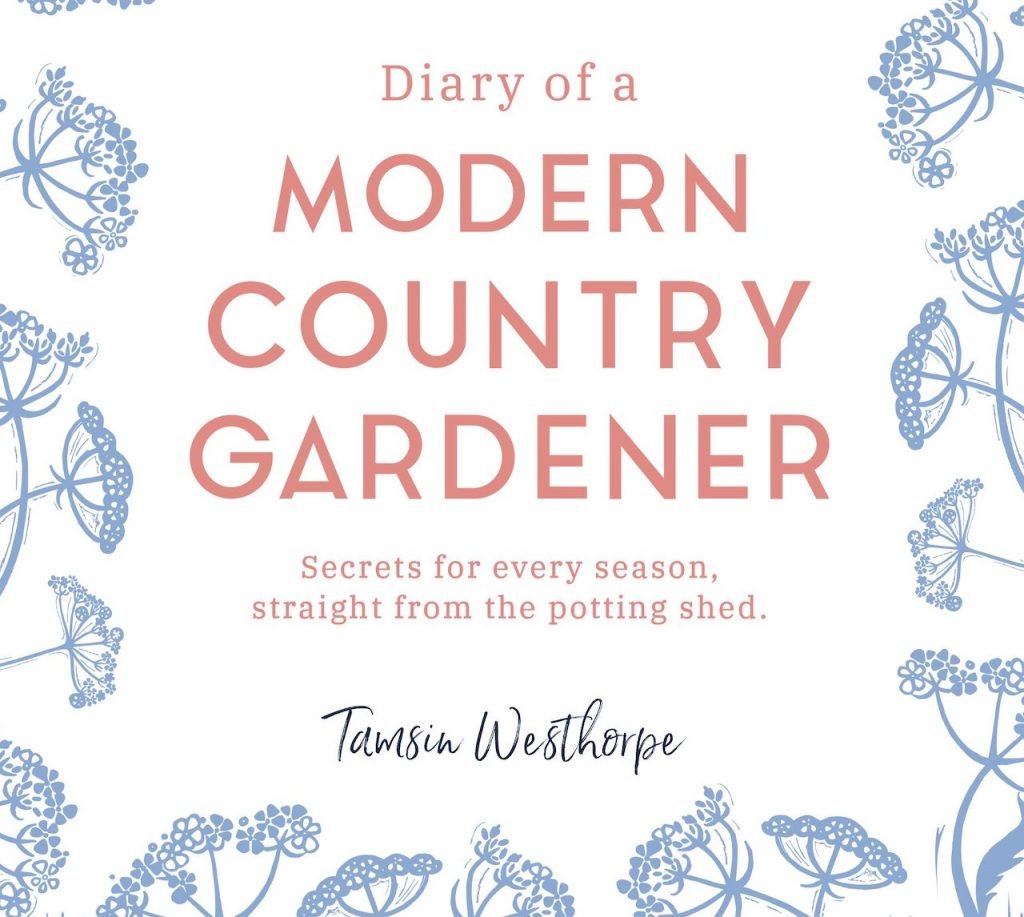
The book is split into months of the year with entries that Tamsin has written during her working day at Stockton Bury. It makes for a lively and sometimes hilarious read as Tamsin battles the weather, the demands of a multitasking gardener and provides her top tips for each month. The book is written as a series of conversations rather than instructions which is why I think the book really stands out.
The book starts in February, probably one of the trickiest months of the gardening calendar. Tamsin uses this to great effect in immediately bringing the reader into her world of hands-on gardening. That February need not be a month of bleak gardening but one of promise. Top tips are given about increasing interest in the garden with spring bulbs. Tamsin also advocates February as the month to start getting things ready. I think this is the beauty of the book. It subtly warms you up from the winter months as your activity in the garden gets more sustained with each chapter. As the weather improves with each chapter so do the possibilities which start to multiply!
Tamsin is really relatable when she discusses attending a Snowdrop tour and feeling somewhat out of her depth. A feeling that all gardeners will at some point relate to. There's no way you can possibly know every plant species and sometimes these gardening masterclasses can be slightly overwhelming. (I've been to a few where I've wanted the ground to swallow me up at my sudden lack of expertise). She naturally turns the story into a positive with guidance on how to start with Snowdrop varieties. As with the other chapters, Tamsin helps give you her years of experience on the matter and then a starting position for newer gardeners so you feel in safe hands.
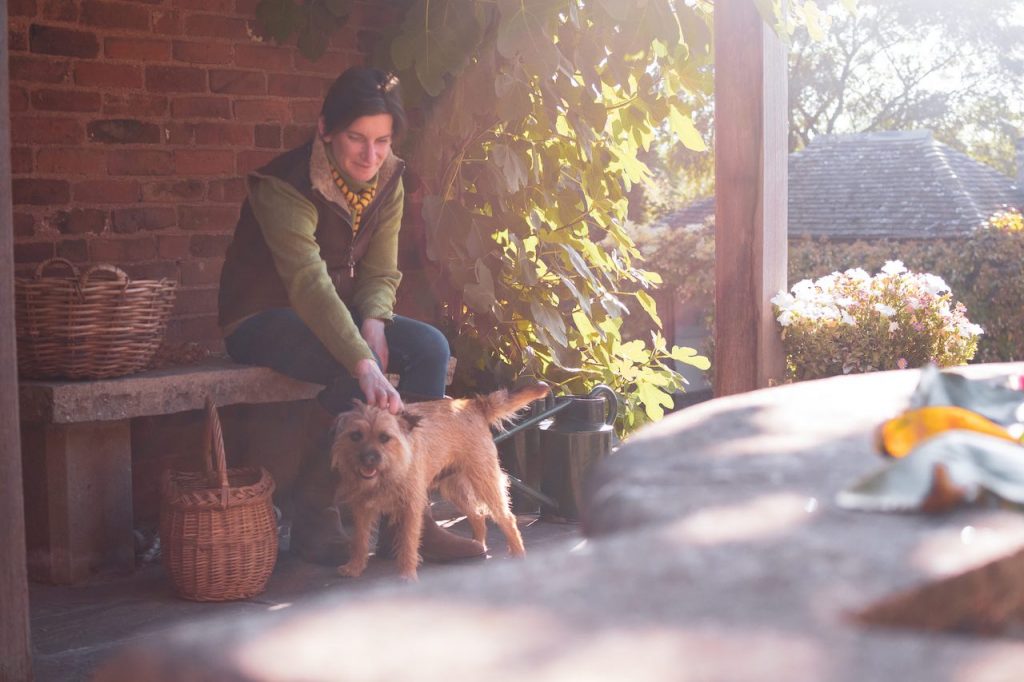
Each chapter gives top plants to consider in the garden, a practical activity and daily musings that she has been presented with at Stockton Bury. Whether its taming unruly sweet peas, creating sets mid-summer for a winter-themed fire pit photoshoot or the almost meditative quality Tamsin finds in cleaning the public toilets, it's a candid account of the gardeners daily life. She's not short on honesty in the variety of tasks faced in a public garden. By the time I got to April, I immediately felt supercharged to pop the book down and race out into my own garden to put some of her tips into practice!
The book continues through the rest of the year with anecdotes, plant suggestions and real-life experiences of Tamsin's as a full-time gardener. I found Tamsin's thoughts, encouragement and some of her failures uplifting to read about. It really helps drive home the shared knowledge of the gardener community and that everyone's constantly learning. Something that new gardeners, in particular, can take away from the book. I see the book almost as a helpful friend for beginner gardeners starting their horticultural journey.
One of Tamsin's top tips that we discussed was the use of containers and pots in small garden planting. 'Container gardening is the place to start as a new gardener. Not only does it have an instant impact but you can really put your personality into your pots as you take your first gardening steps' advises Tamsin. If you're new to gardening and don't have lovely decorative or terracotta pots Tamsin advises you use your best pots as the front which you can then disguise lesser beauty pots behind. So you're putting your best foot forward without breaking the bank. That way grouping pots can become an affordable style feature for even the smallest garden.
Tamsin gives further tips for smaller gardens with containers as she advises that you can quickly switch out pots as the seasons change. So the smaller garden can still be bursting with interest without needing acres of space. I hear from many a new gardener not knowing where to start, and planting in pots is a great way to start. You can really get to know a few plants and make any mistakes on a much smaller scale. If you're unsure about your tastes or preferences playing around with containers over a few seasons is a great way to find your plant style.
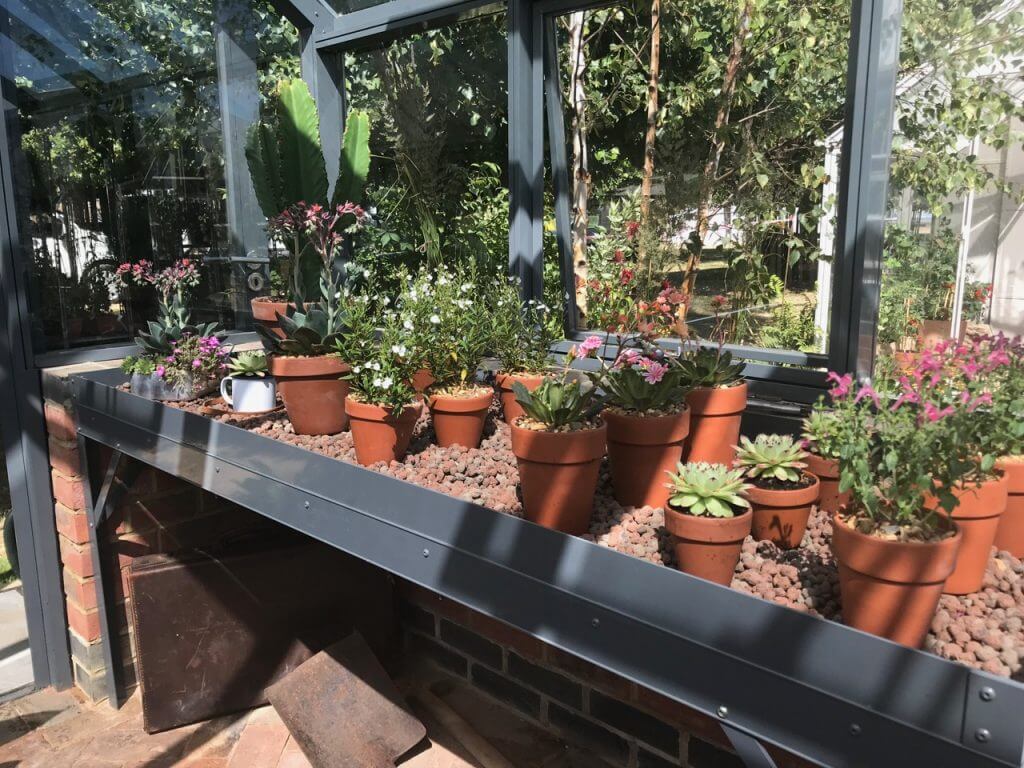
You may wonder what relevance large Country Gardens have with smaller urban city gardens but my chat with Tamsin over her book revealed there's a lot you can apply to town gardens too!
Tamsin talks to me at length about how gardeners with small gardens can take inspiration from larger country gardens with their planting schemes. By visiting gardens you can easily come back with a number of ideas that can be reduced in scale to work well in a city garden. Why do all the hard work of linking plants together when an experienced gardener may have already done it!

Tamsin gives another top tip that by visiting country gardens you have an untapped resource at your fingertips; the staff! The book mirrors this with anecdotes of Tamsin chatting to visitors and giving advice to city gardeners. So if you're stuck for finding a new plant or border combination then asking the gardeners during visits can really help demystify what to do next in your garden.
There's plenty of trees and shrubs suitable for small gardens in Stockton Bury and during each chapter Tamsin gives a top tip for that month in the garden which can apply to a garden of any size.
I must admit I got quite carried away with Tamsin as our chat accelerated over the hour. One key message from the book that we both share is that gardening is about people. No matter how good the design, awe-inspiring the planting or vast the space we both agree that a garden s nothing without the buzz of people experiencing it. If there's one underlying message throughout is that the success of the garden is ultimately down to the people that visit, the passionate souls who work there and the interaction between all three. These human connections bring the garden at Stockton Bury to life.
I know from my experience as a Garden Designer that garden spaces need great consideration to get the proportions, planting and feel just right. However, the biggest metric of a successful garden is that it draws people to it like a beacon. It encourages conversations, laughs, maybe somewhere to reflex and space where people feel safe. The chapters of Tamsin's book demonstrate this and that if you're new to gardening the best place to start is with people. Ask people for advice, visit independent nurseries and gardens. Take a notebook and you'll be surprised at just how much 'free' knowledge there is out there.
As we wrapped up the chat Tamsin summarised "gardening is for everyone, so never be afraid to ask". This last quote is the perfect motto for any new gardeners who may be confused or a bit overwhelmed. If you need a helping hand as your starting to garden or tackle your outdoor space, the Diary of a Modern Country Gardener maybe the quiet aide you need to reassure you.
The book is out now priced £20 and is available from Orphan Publishing.



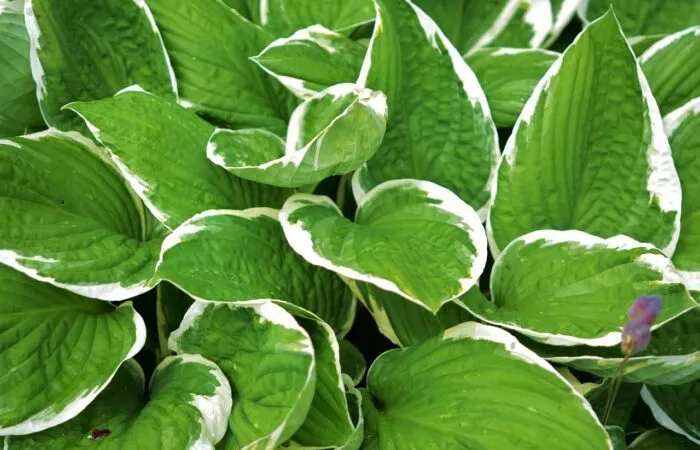
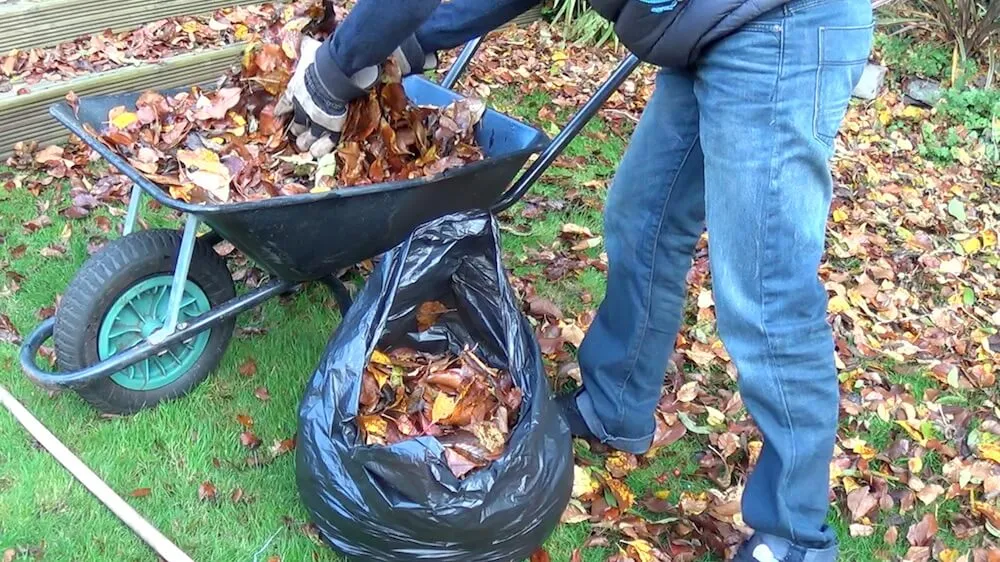
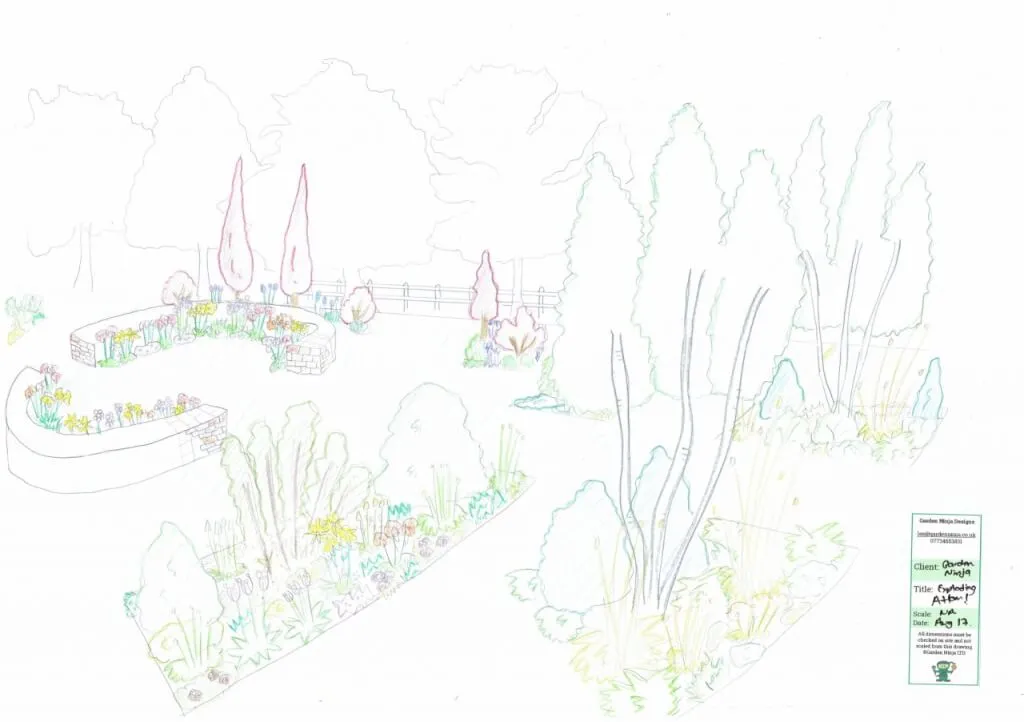
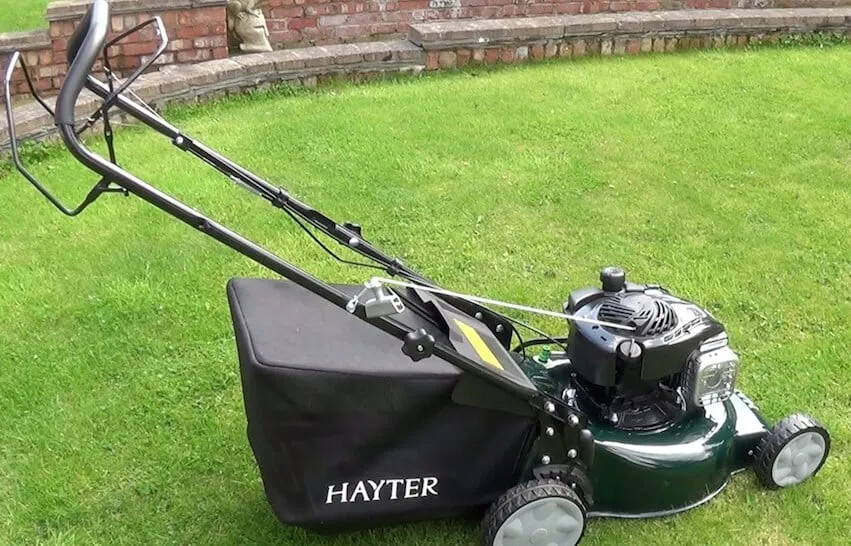
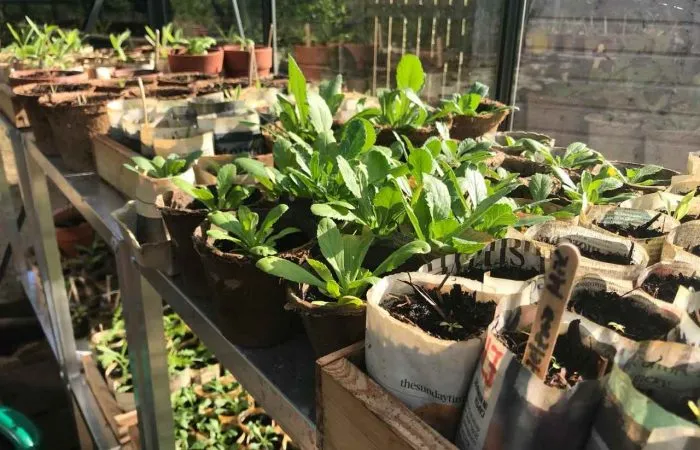
JOIN THE NINJAS


Join our Ninja community for extra guides & Discount Codes for Online Garden Courses!